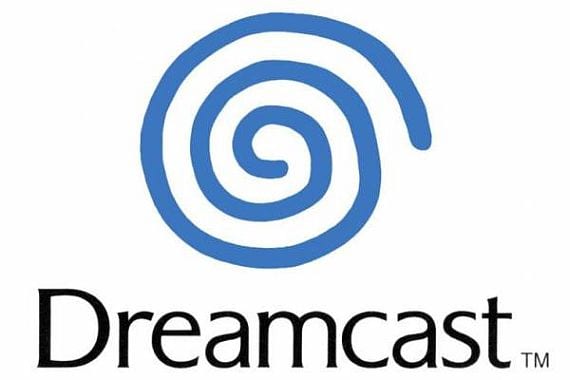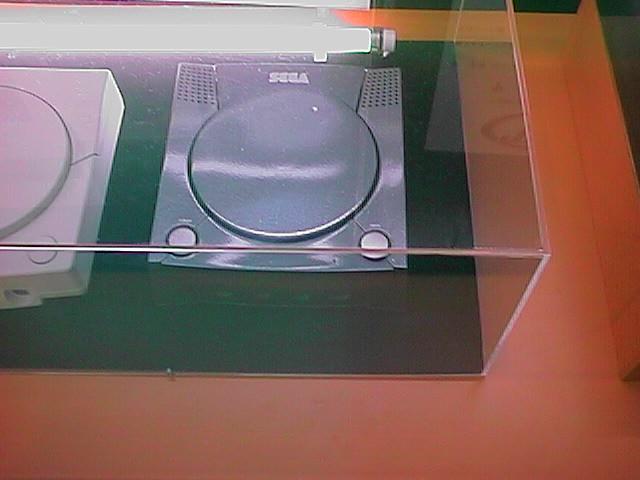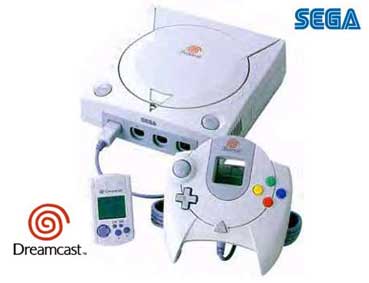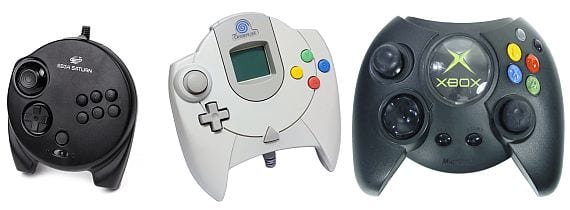The era of Mega Drive is remembered by many as the high point of Sega, who broke his face with the big N due to the dominance of the 16-bit market in those years of the 90s that many of us lived in the first person and whose memories we save as authentic treasures.
However, shortly after, Sega would get entangled in unprofitable companies, such as the famous Mega-CD, the gadget of the 32 X or the commercially disastrous Saturn -which engulfed up to a third of the company's resources-. Sega It seemed to sink like a heavy stone in the middle of the deep lake of failure, but then the Japanese woman re-floated with what would be another of her most beloved consoles: Dreamcast.
Sega Saturn, the predecessor of Dreamcast, was a reference to be taken by the company of the blue porcupine when developing the 128 bits: they wanted to avoid that the new console was a complex machine when programming - something that took a toll on Saturn with ports that took forever to develop or the cancellation of many projects-, renew confidence in the player and prevent the console from remembering the previous 32 bits (making white the basic tone of Dreamcast in all markets, even designing a standard pad that moved away from that of Saturn, which in turn was an improvement on Mega Drive)
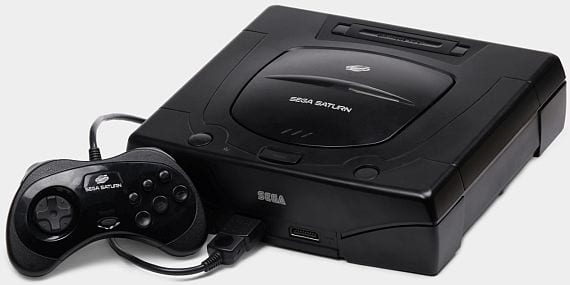
The failure of Saturn It was resounding: the machine sold only 9 million consoles worldwide, although in Japan it was quite liked (of those million, 6 correspond to the Japanese country), but it was different from the 33 million harvested by Nintendo 64 -and notice that the big N considered this console a commercial failure- and what to say of the more than 100 that it achieved Sony debuting with his first console, PlayStation.
The design of Dreamcast It was produced in two bands: Sega America had his own team secretly working on a prototype that was known as dural, while Japan was developing katana. Finally, it was the Japanese project that went ahead after some mishaps with Sega America y 3dfx -who published secret console data with all the joy in the world, something that pissed off, and quite a bit, to Sega-.
Finally, Dreamcast It went on sale in Japan at the end of November 1998, generating great expectations for a product that exuded success. Although as an anecdotal note, many Japanese went home empty-handed to a supply of consoles in stores that fell short due to manufacturing problems of machine components. Until the end of 1999 the console did not land in the most important market, the US, and Europe, going on sale in Spain at a recommended price of 39.990 pesetas -which would currently be, without adjusting, about 240 euros-.
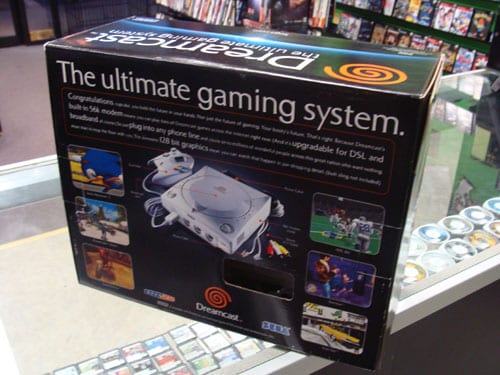
Dreamcast It came with a sleek white finish, four controller ports, a 56k modem for online gaming, and a groundbreaking control pad that turned heads. The machine was a platform for which it was easy to program, it had a version of Windows CE and it was much more powerful than the old-fashioned ones PlayStation y Nintendo 64, although the console Sony it was still wildly popular.
The control knob was an evolution of the 3d pad de Saturn that was launched with Nights. It had two triggers -something that would be a standard that was transferred to the most current controls- and it allowed to connect peripherals such as the vibration gadget, microphone and memory cards, among which the VMU of Sega, with a screen included and that allowed a minimum of interaction with some superfluous additions. Needless to say, the command of the first Xbox was strongly inspired by that of Dreamcast, a console that also had a keyboard, mouse and light gun at its disposal, among other peripherals.
The format chosen for the console, the GD-ROMs 1,20 GB, it was made with the idea of making it difficult to pirate the console, but serious errors in its design allowed pirates to dump games without problem. Initially, it was enough to install a modchip to the console to read copies, then we switched to swap and got to the point where downloading the cracked image of the game to a CD was all that was necessary to be able to execute illegal copies on Dreamcast. Piracy did a lot of damage to Dreamcast, even more when Sega He had in mind to recoup some of the investment in the console by selling software, which was not working as well as it should. To give you an idea, the mythical Shenmue, which cost $ 70 million to make, sold just 1.20 million copies worldwide. Dreamcast was not a machine that sold software at a good pace.
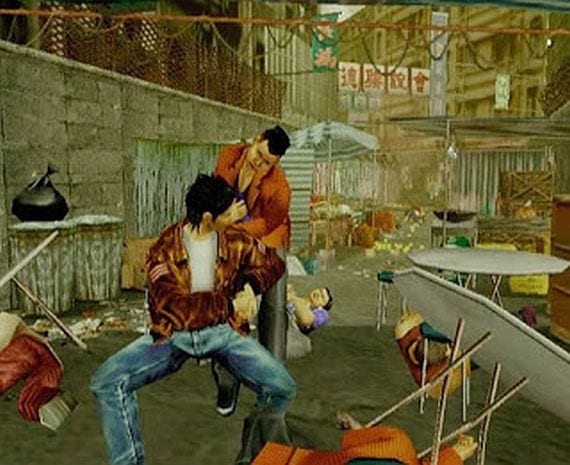
On the other hand, the console also did not have the support of companies such as Electronic Arts o Square Enix, while other large companies in the sector were not involved beyond the launch of second or third row titles, as was the case with Konami, whose support for the Sega console was manifested in jewels of the caliber of Silent Scope. However, Dreamcast had a powerful catalog full of variety: Sonic Adventure, Soul Calibur, House of the Dead 2, Legacy of Kain: Soul Reaver, Power Stone, Street Fighter III, Quake III, Phantasy Star Online, Rayman 2, Seaman, Grandia, Shenmue, Shenmue II, Resident Evil Code Veronica, Metropolis Street Racer, Jet Set Radio, Space Channel 5, Crazy Taxi, Skies of Arcadia, Amigo's Samba, Chu Chu Rocket, Virtua Tennis...
Nevertheless, Sega I was living a dream with her Dreamcast, until Sony He kicked her out of bed. The announcement of PlayStation 2, a more powerful machine and the media power of the brand PlayStation were enough for the interest in Dreamcast plummeting. From that moment on, sales dropped and the eyes of gamers were fixed on PS2.
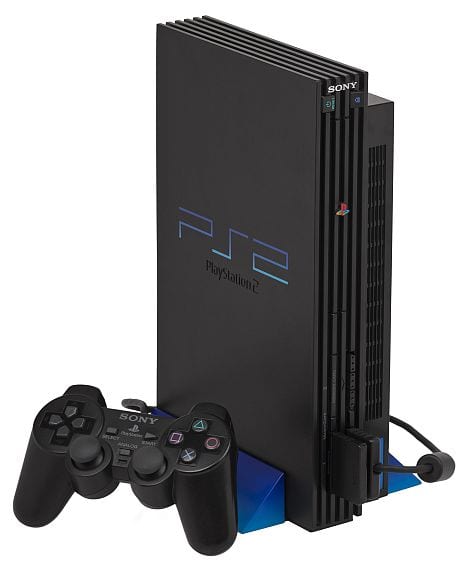
When the console Conclusionand was put on sale, for a scandalous 69.990 pesetas -420 euros-, Sega He had no choice but to lower his machine, and despite having a rich catalog - something that PS2 It did not have in its beginnings- and a cheaper price, the battle was lost in a resounding way. Not only for the reasons mentioned, Sony It also achieved a carom effect by inserting the DVD into its console, being the cheapest player in all of Japan. Sega tried to fight back with a player for his Dreamcast, showing a prototype at E3 2000 that was never released.
Piracy was hurting, software was not selling well, there was no support from some major developer companies, and Sony had the console on the brink of knockout. To top it off, more consoles were in stock than were sold, so Sega stopped manufacturing dreamcast. Within a few weeks, they announced that they would stop producing hardware to be a third party software developer.
Dreamcast It was ahead of its time, thought of as an easy system to program and with online play, but even if it had gone ahead in the market, with all its burdens, it was a machine that could make a PSX y N64, but could not deal with you on the technical level in the future PS2, GameCube y Xbox (the latter being considered in a way as a kind of spiritual successor to Dreamcast), in addition to the phenomenon PlayStation broke records again with those more than 157 million PS2 that have been sold all over the world.
Short but intense, the life of Dreamcast It was a dream that the fans of Sega already this same. Without a doubt, it is one of the most beloved systems of the blue hedgehog company, along with Mega Drive (o genesis across the pond), and already a collector's item that cannot be missing among those who adore history and the video game industry.
